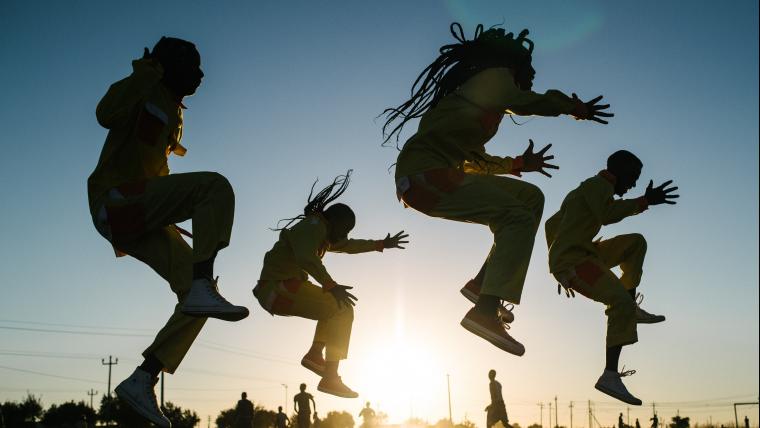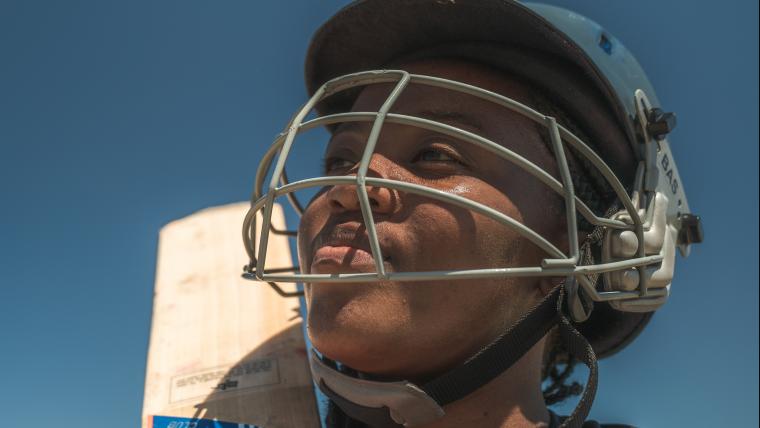
Dancing to the rhythm of South Africa’s heritage
During the 1950s and 60s, South Africa was physically torn apart. Forced removals ravaged towns and scattered communities, separating families and carving up a nation. Apartheid was devastating, but not debilitating. On the streets of Alexandra and Sophiatown, a movement swelled as people expressed themselves to the rhythm in their hearts, embodying the soul of the resistance in the syncopated steps of what came to be known as the pantsula dance.
From Gauteng the demonstration of unrest spread through the country, connecting those who had been segregated; they were far-removed in body, but near in spirit. Dancer Gugu Mofokeng reflects on how pantsula served as a symbol of unity throughout the struggle: “The rhythm comes from the history of South Africa.” For her, the dance is a way of connecting with her heritage. And, though it was predominantly men who got the groove on the move decades ago, the meaning of pantsula is now shared by all.
“It’s not about male or female, but it’s about what you want to do,” says Mofokeng, who learnt to dance when she was 15. “I can do anything.” It took her eight months of hard work to start hitting the moves she has since mastered. “At first it was so difficult, but today I’m even laughing at it, because it’s so easy.” Each time she dances pantsula, Mofokeng honours the legends of South Africa’s past and shows off the beauty of the culture they defined.






























Please sign in to leave a comment